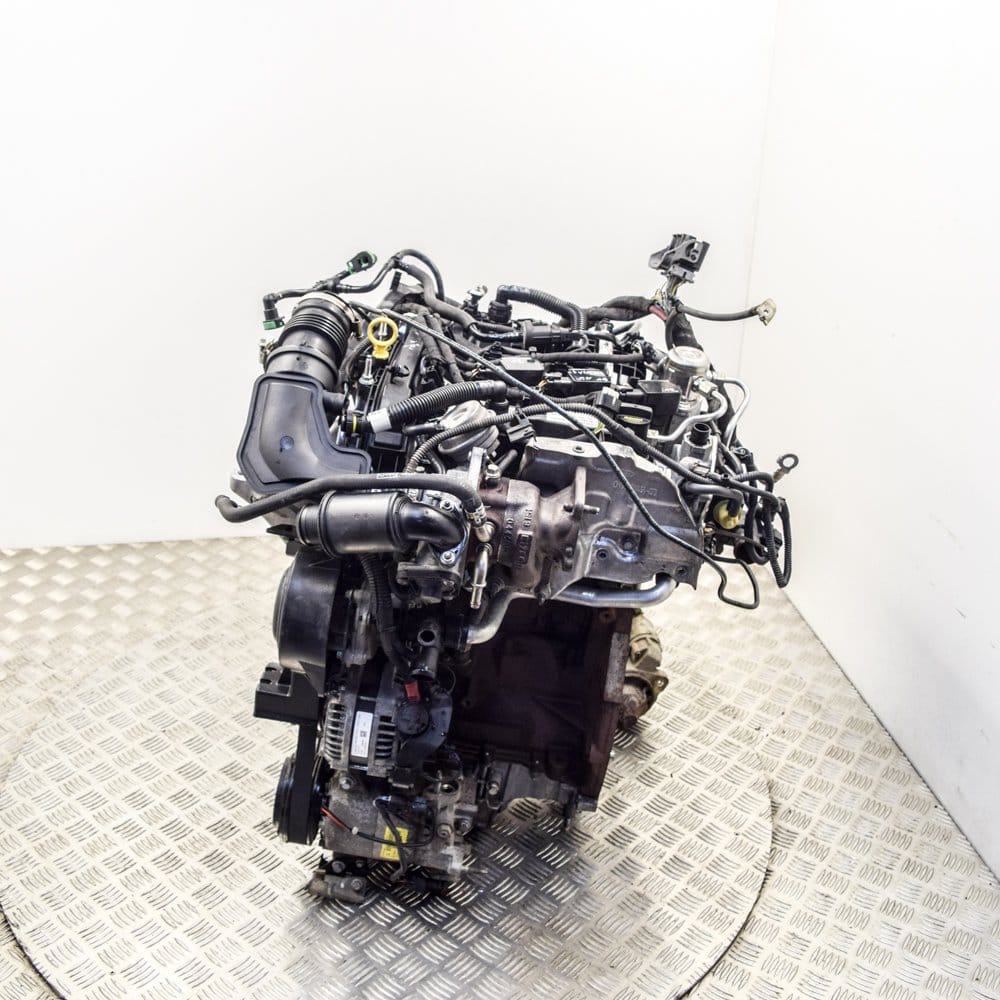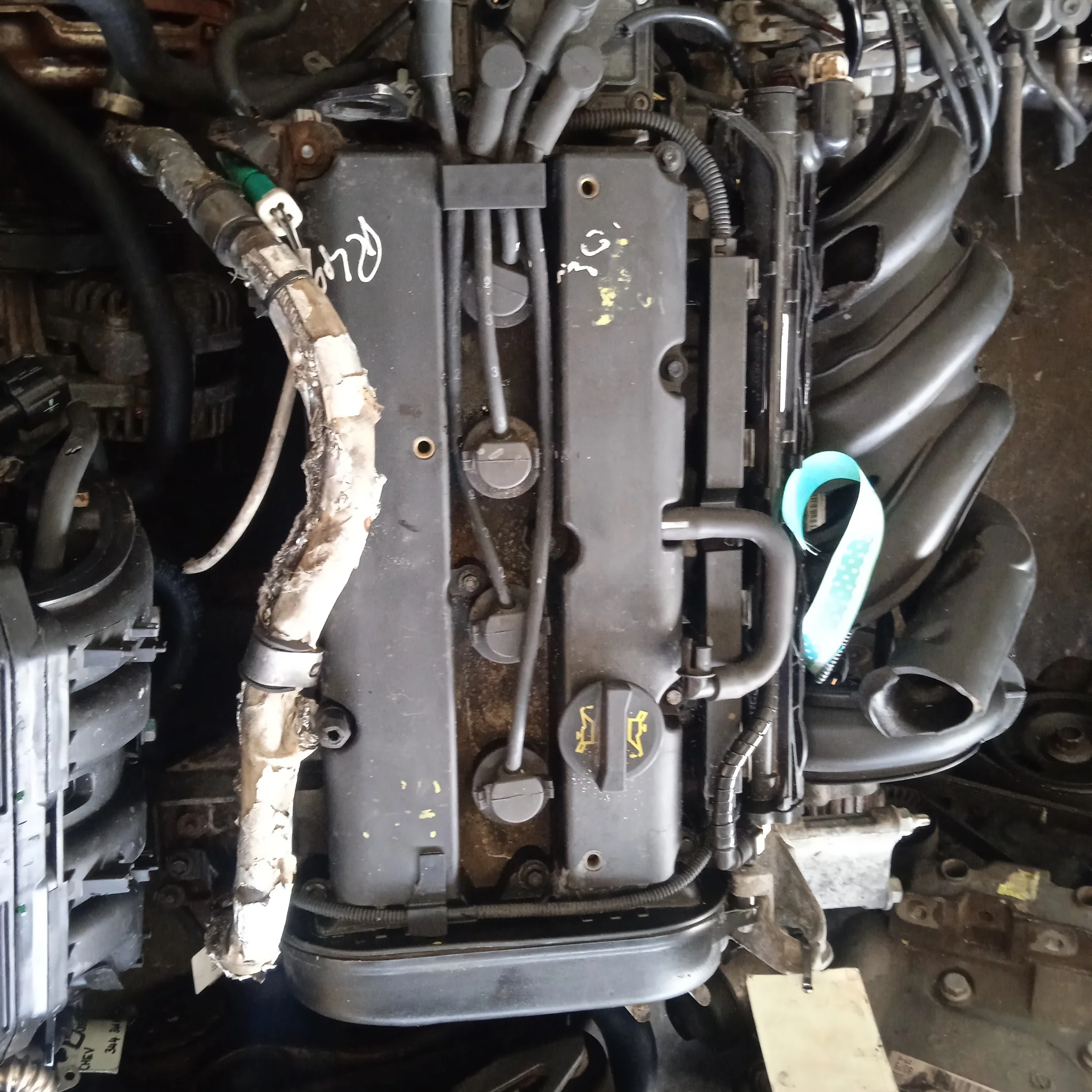How a Ford Fiesta Engine Tune-Up Can Improve Your Car’s Performance
How a Ford Fiesta Engine Tune-Up Can Improve Your Car’s Performance
Blog Article
Checking Out the Advancement of Engines: From Classic Designs to Modern Marvels
From the first vapor engines that powered the Industrial Transformation to the emergence of interior burning engines that changed wheelchair, each phase has added to better effectiveness and capacity. As we take a look at these milestones, one need to consider exactly how the future of engine design may unravel, testing our understandings of power and efficiency.
The Birth of Engine Innovation
The advent of engine technology noted a turning point in human development, changing energy conversion and transport. The earliest engines arised from the need to harness mechanical power for functional usage, resulting in the growth of devices that converted numerous power forms right into activity. The concept of the engine can be mapped back to ancient people, where basic machines, such as the waterwheel and windmill, utilized all-natural pressures to do work. Nevertheless, it was throughout the late 17th and very early 18th centuries that significant improvements started to appear.
The development of the inner burning engine and the creation of the vapor engine militarized an extensive shift in industrial abilities. These engines not only enhanced efficiency yet additionally increased the extent of human flexibility, making it possible for unmatched transport possibilities. The early models prepared for the mechanical world, assisting in the increase of markets and reshaping social frameworks.
As engine designs developed, they incorporated cutting-edge materials and progressed design concepts, leading the method for contemporary advancements - ford fiesta engine. The birth of engine technology sparked a relentless pursuit of efficiency and power, setting the stage for the dynamic evolution of transport and commercial machinery that would certainly comply with
Vapor Engines and Their Effect

The heavy steam engine's effect was particularly evident in the transport market (ford fiesta engine). Steam-powered locomotives facilitated the quick activity of products and people throughout vast ranges, successfully diminishing the geographical obstacles that had actually formerly hindered profession and communication. In a similar way, steamships reinvented maritime traveling, permitting quicker and extra dependable crossings of rivers and oceans.
In sector, heavy steam engines powered manufacturing facilities, allowing mass manufacturing and the rise of urban centers as hubs of economic task. This shift not just modified labor dynamics but also added to the development of a consumer-driven culture. Vapor technology promoted technologies in design and manufacturing processes, laying the foundation for future improvements in engine layout. The legacy of heavy steam engines is extensive, mirroring a turning point in human resourcefulness and the unrelenting pursuit of progress.
The Surge of Inner Burning
Regularly outweighing heavy steam power, the surge of interior combustion engines marked a transformative shift in transport and sector during the late 19th and very early 20th centuries. The growth of these engines, defined by their capability to shed fuel within the engine itself, enabled greater performance and power contrasted to traditional steam engines. Pioneering inventors such as Nikolaus Otto and Rudolf Diesel played critical roles in perfecting engine layouts, causing prevalent adoption in automobiles, watercrafts, and commercial machinery.
The inner combustion engine's compact dimension and fairly lightweight nature assisted in the introduction more information of personal automobiles, reinventing private movement and reshaping city landscapes. By allowing faster travel and the effective transport of items, these engines catalyzed financial growth and fostered globalization. The adaptability of fuel alternatives, including gas and diesel, better improved their appeal, enabling for diverse applications across numerous industries.
In spite of the ecological issues that would certainly later emerge, the preliminary attraction of interior burning modern technology stocked its transformative capacity. As society welcomed this innovation, the structure was laid for modern transportation systems, developing interior burning engines as a cornerstone of industrial advancement and everyday life throughout the 20th century.
Advancements in Engine Effectiveness
As inner burning engines ended up being indispensable to transportation and market, the focus changed towards improving their performance to fulfill growing demands for efficiency and sustainability. Technologies in engine design, material scientific research, and technology have dramatically added to this development.
One significant improvement is the growth of turbocharging, which enables increased air intake, leading to even more total gas burning and boosted power outcome without expanding engine size. Furthermore, variable shutoff timing systems have actually been executed to optimize engine performance throughout various RPM varieties, thereby improving gas effectiveness.
The use of sophisticated gas shot technologies, such as straight shot, has actually additionally played an important duty. This approach enables more specific control over the fuel-air mixture, promoting much better burning and minimizing discharges. Light-weight materials, including light weight aluminum and composite elements, have been adopted to lower general engine weight, leading to enhanced efficiency.
These advancements mirror a more comprehensive pattern within the automobile industry, where the harmony between engineering advancement and ecological factors to consider drives the continuous quest for greater performance in internal burning engines. As a result, modern-day engines are currently much more powerful, cleaner, and reliable than in the past, leading the way for a more lasting future in transportation.
The Shift to Electric Power
With growing problems over environmental influence and nonrenewable fuel source dependence, the vehicle industry is experiencing a considerable shift in the direction of electric power. This change is driven by a combination of technological developments, regulatory stress, and changing customer preferences. Electric vehicles (EVs) offer an engaging alternative to standard inner combustion engines, flaunting decreased greenhouse gas emissions and reduced operating costs.
The surge of battery technology has been a video game changer, with lithium-ion batteries ending up being more effective and cost-efficient. Enhanced energy density and faster billing capabilities have made EVs a lot more sensible for day-to-day use. Governments worldwide are carrying out motivations and establishing enthusiastic targets for phasing out fossil fuel lorries, thereby accelerating the adoption of electric power.
Significant automakers are investing heavily in research and growth, resulting in the introduction of a diverse variety of electric versions. This consists of not just guest cars however also business vehicles and check my blog public transport services. As charging infrastructure expands and battery modern technology remains to improve, the change click this to electrical power is poised to improve the vehicle landscape, advertising sustainability and technology in the years ahead. The future of transport is electric, and the energy is indisputable.
Conclusion
The development of engine modern technology represents a substantial trajectory of development that has actually profoundly affected transport and industry. From the fundamental vapor engines to the transformative internal burning engines, each development has added to enhanced wheelchair and financial growth.

Report this page